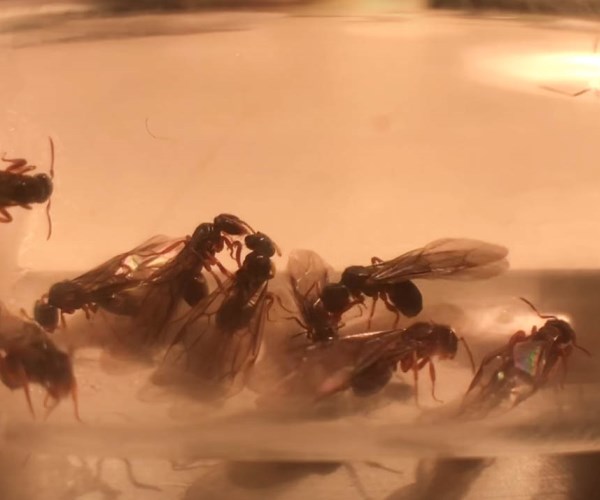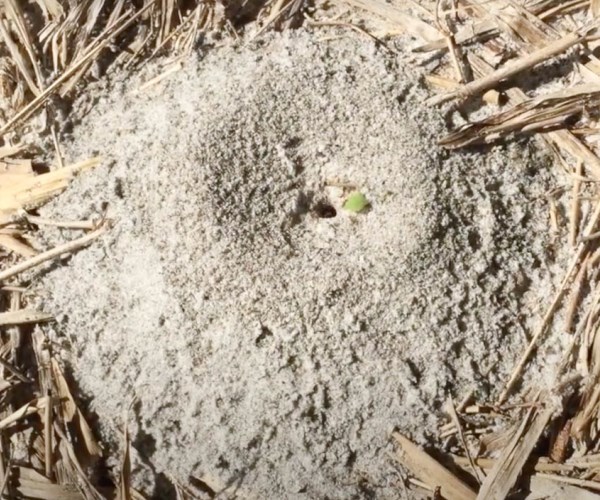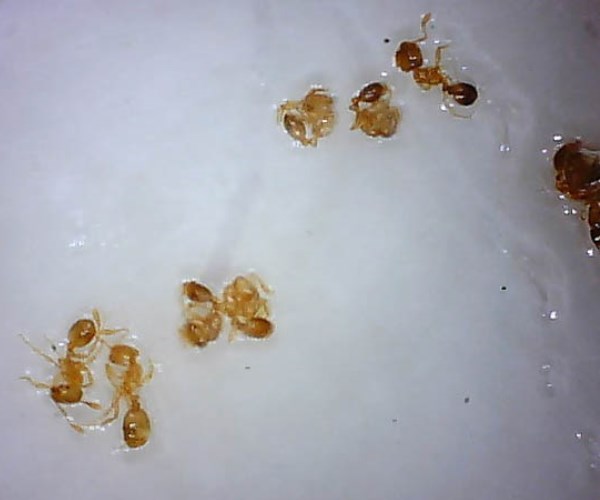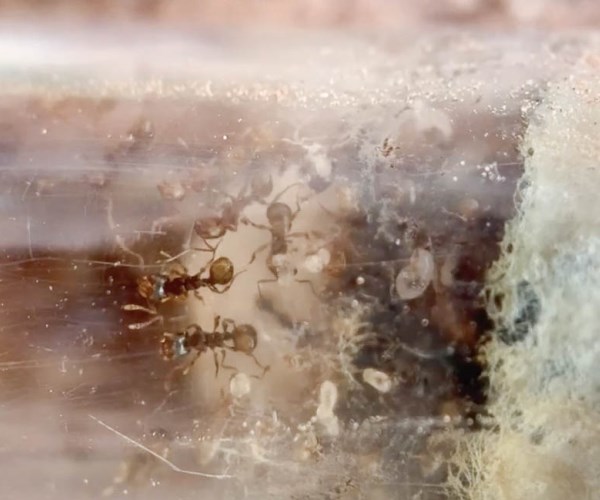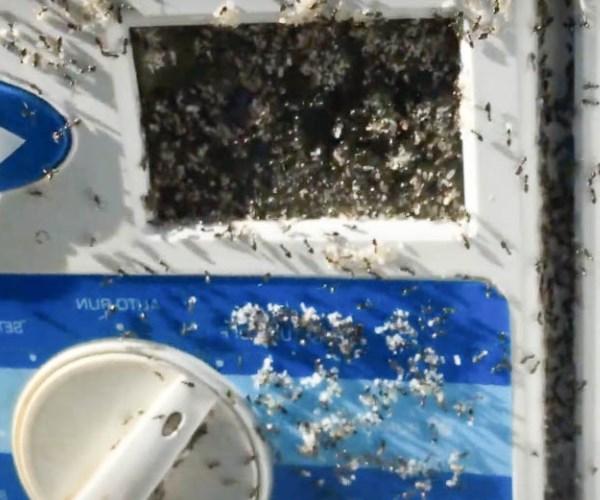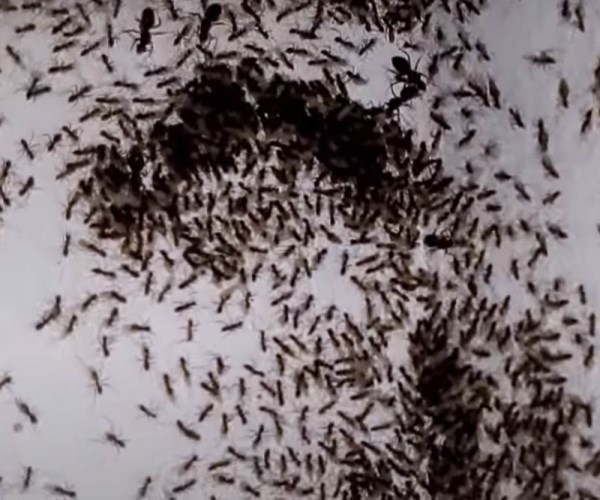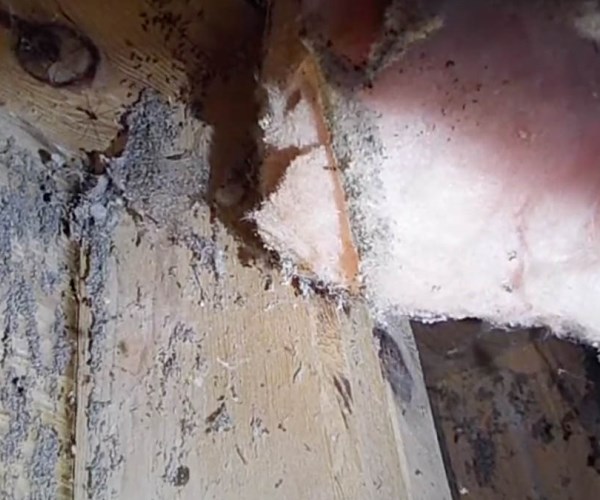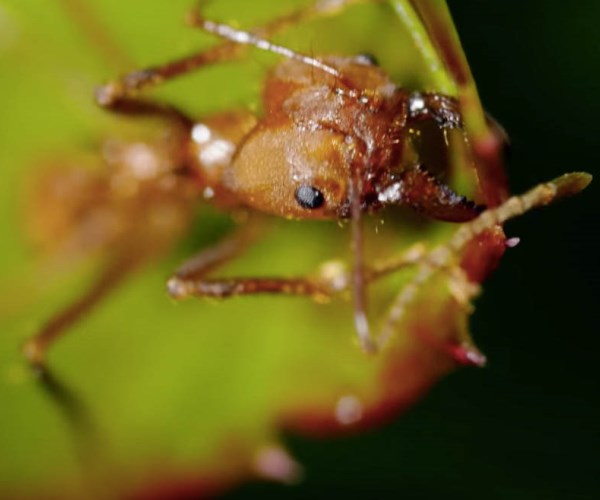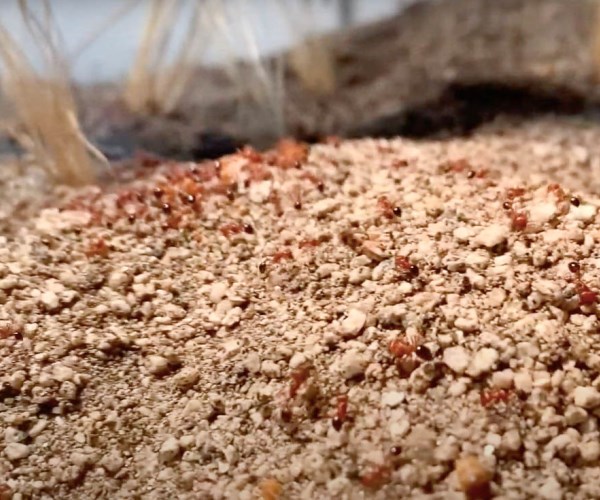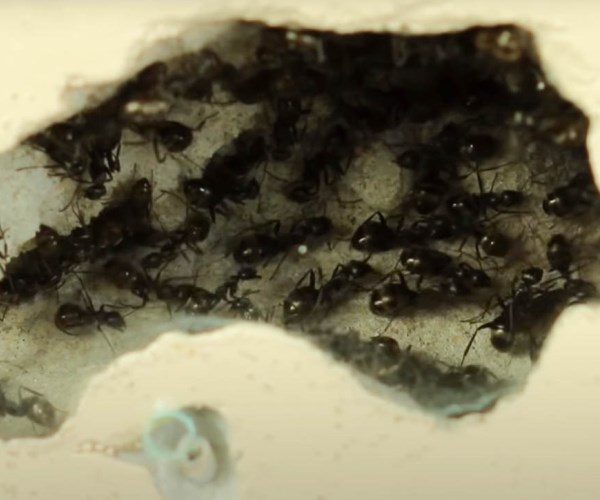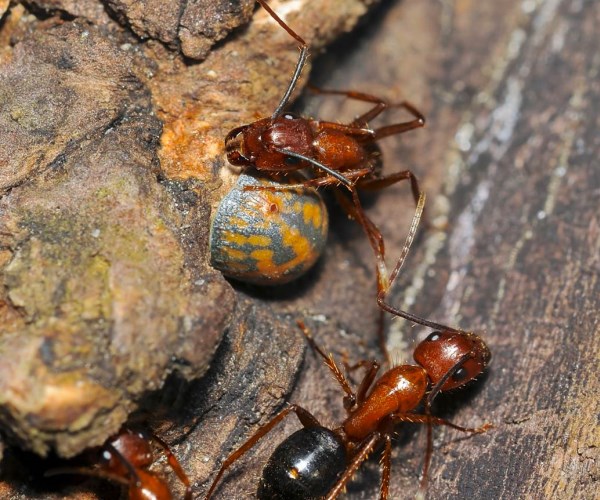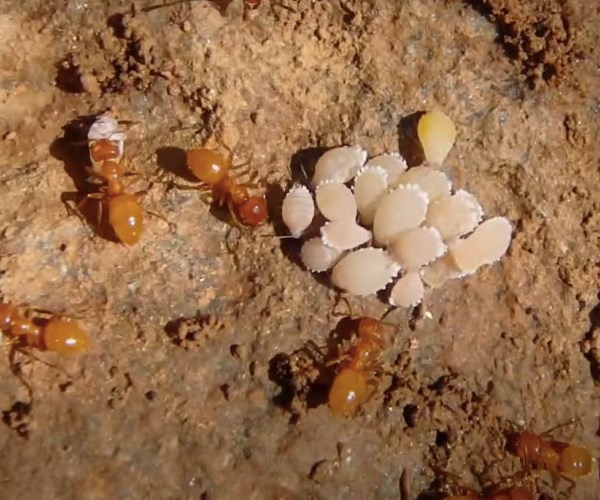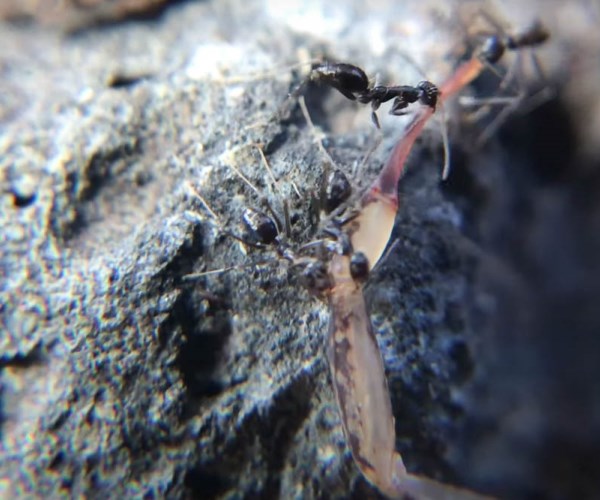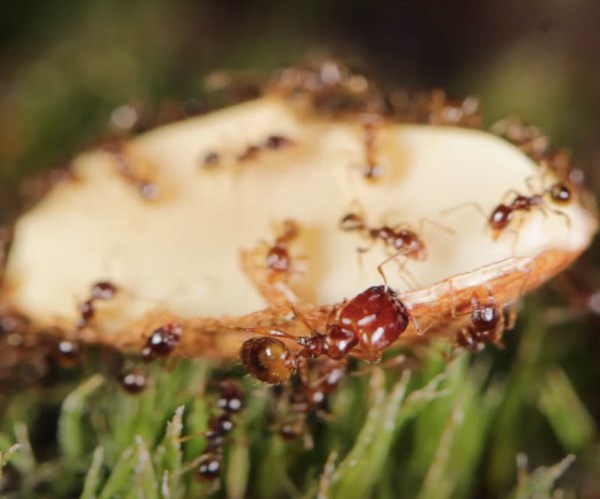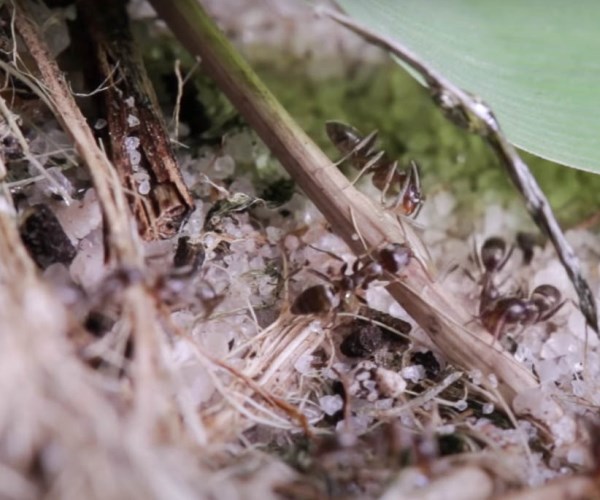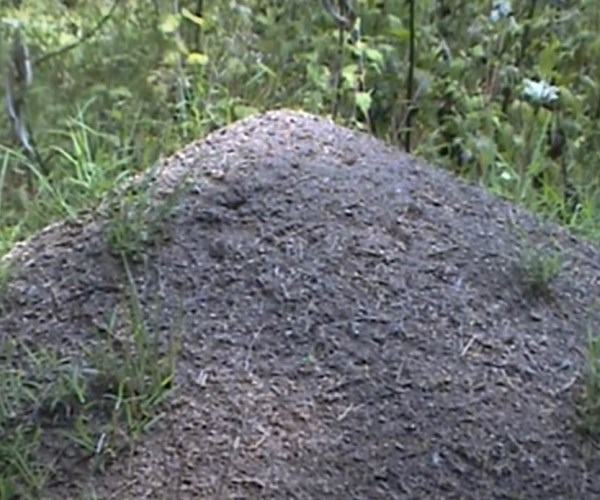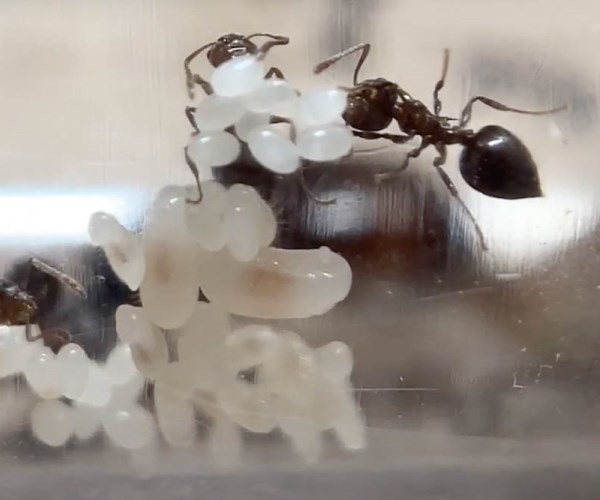About Ghost Ants
About Ghost Ants
Ghost ants are so named because of their physical features. They are tiny insects with a pale color. Both features make easy identification of the ants impossible. These ants are also known for their high level of adaptability.
Appearance
Ghost ants are generally small insects, with only one size and length varying from 1.3 to 1.5 mm. They have antennae with 12 segments. The width of the segments increases gradually towards the tip. The legs of the ants are opaque or milky white. The head and thorax of the ants are black.
The combination of the physical features, small size, and pale color, makes the ants difficult to see. This is why they are called ghost ants.
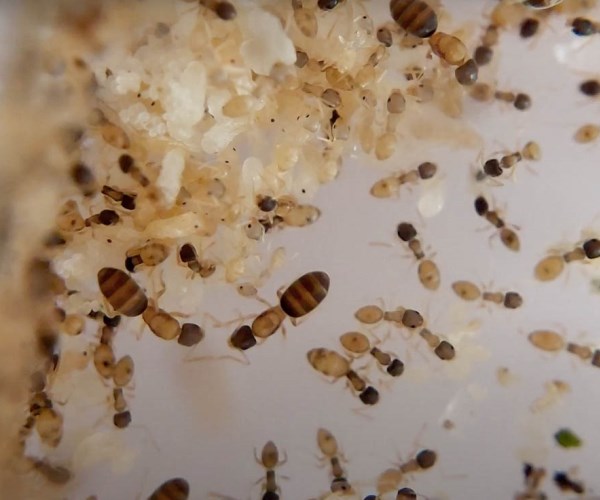
Behavior
The ants originated from the tropics, probably Africa. They are regarded as part of the “tramp ants”, insects that dwell mostly in the tropics and subtropics. Ghost ants are well distributed in the tropics. They are also seen in the temperate regions. In the temperate regions, ghost ants are typically seen in greenhouses as well as buildings.
Canada, the US, and the Caribbean islands are some of the locations with established populations of ghost ants. Ghosts ants are highly adaptable, and they build nests in different locations, both in indoor and outdoor environments. The outdoor nesting sites of ghost ants include tufts of dead grass that is temporarily wet, cavities, and plant stems. Ghost ants specifically choose disturbed areas as their outdoor nesting sites. The indoor nesting sites include wall voids as well as the spaces between baseboards and cabinets. They may also make potted plants their nesting sites.
The ants that nest indoors typically come from the outdoors. If they find a suitable pathway, they head indoors when necessary. It has been reported that ghost ants are opportunistic nesters. As long as a place can support them at a specific time, they could nest there a few weeks or months.
Ghost ants establish new colonies by budding. Budding requires numerous workers to leave an established colony and form a new one. They feed on a wide variety of items including dead and live animals. They are also lovers of honeydew and maintain close relationships with honeydew-producing insects to get a constant supply. Generally, ghost ants feed on sources of protein and sugar. The colonies of ghost ants could have multiple queens.
Damage they cause
Ghost ants can infest homes. When they do, they feed on sweet substances and contaminate them in the process. The ghost ants in homes can be workers from outdoor nests. They could also have nested within the property. Greenhouses are at risk of damage by ghost ants too.
They are found in greenhouses, where they are particularly difficult to control. The population of honeydew-producing insects increases in greenhouses infested by ghost ants because of the extra support. Ghost ants are predators of different small insects.
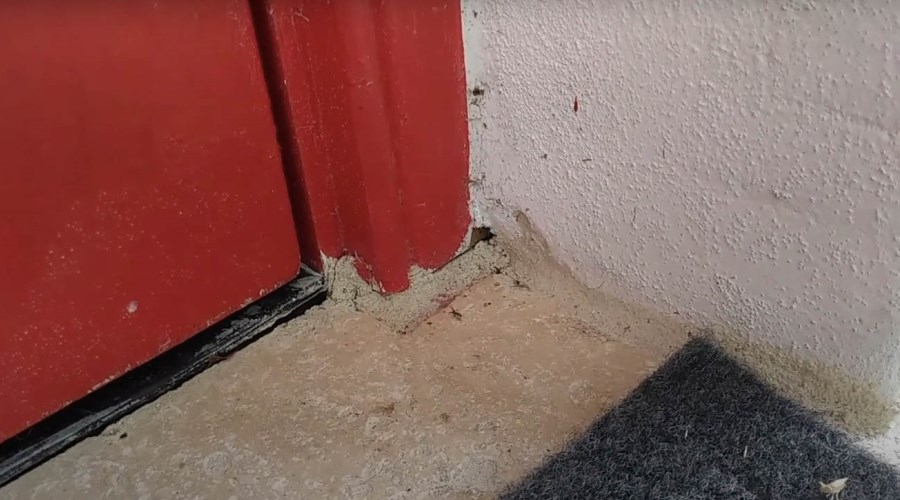
They destroy the insects at their developmental stages, mostly larval and egg stages. Small beetle larvae and lepidopterous larvae are particularly preyed upon by the ants. They also prey on two-spotted mites in greenhouses.
Signs of infestation
The workers can be easily identified by their physical features, size, and color markings. Thus, the sighting of foraging insects is a sign of infestation. The foragers could be seen on floors, in bathrooms, sinks, and other surfaces.
Ghost ants also produce a unique odor when they are crushed. The smell they produce when crushed can be likened to that of rotten coconut. Other ants produce similar odors, but the physical features tell ghost ants apart from other ants.
The ants do not sting or bite. They access buildings, where they nest, by traveling in trails on tree branches and shrubs. The shrubs and tree branches thus act as the bridge. This is why the trimming of trees and shrubs is advised as measures for the prevention and control of the insects.


